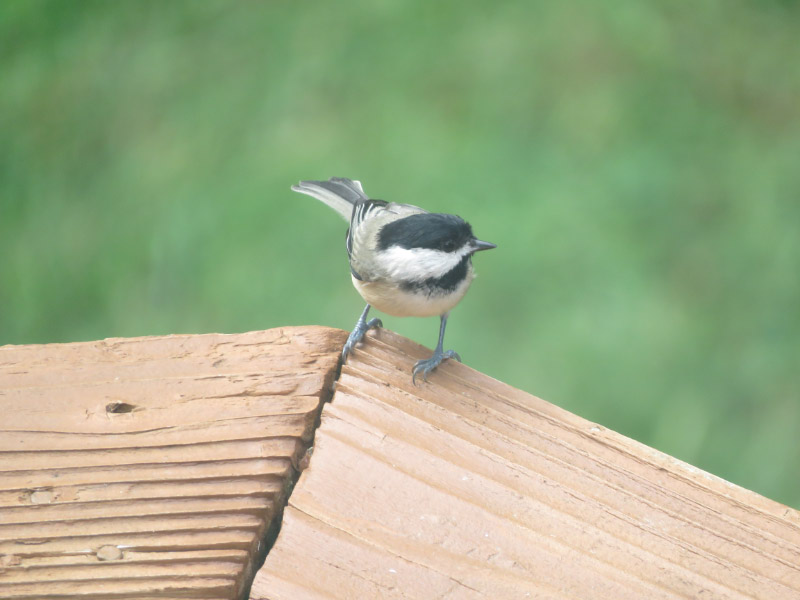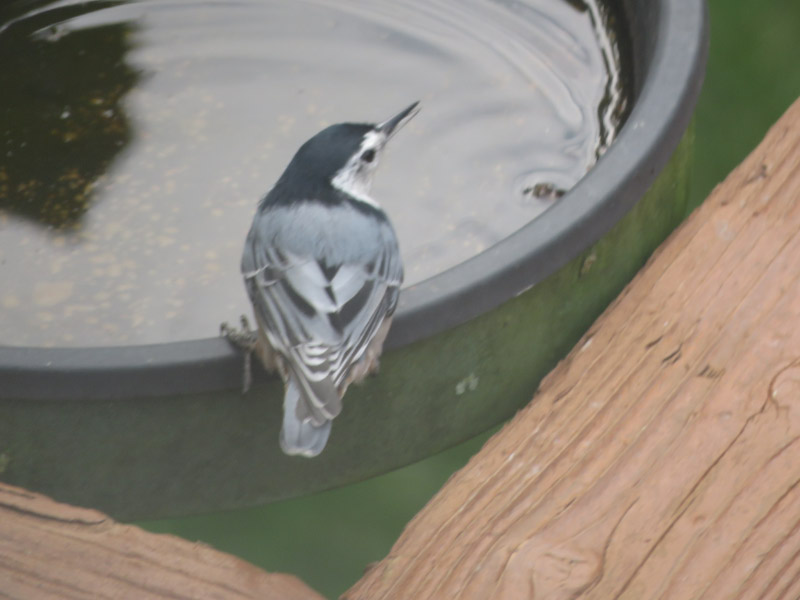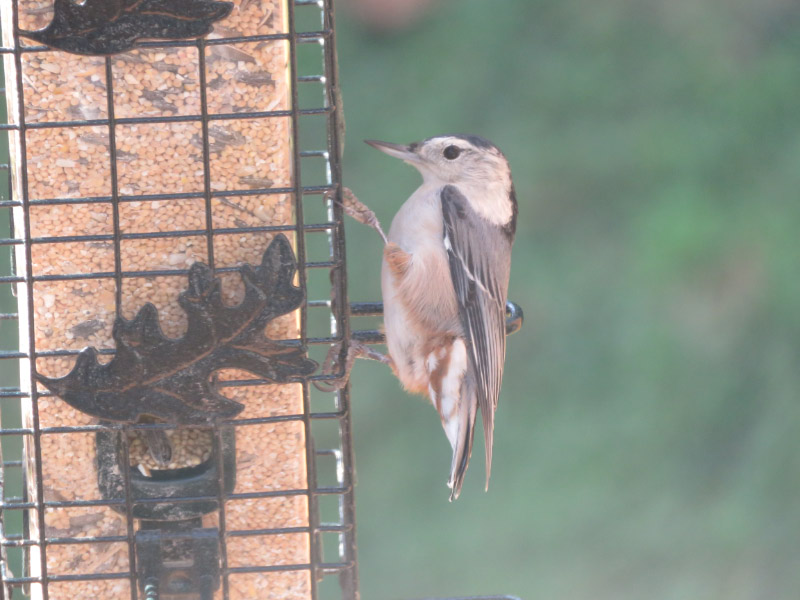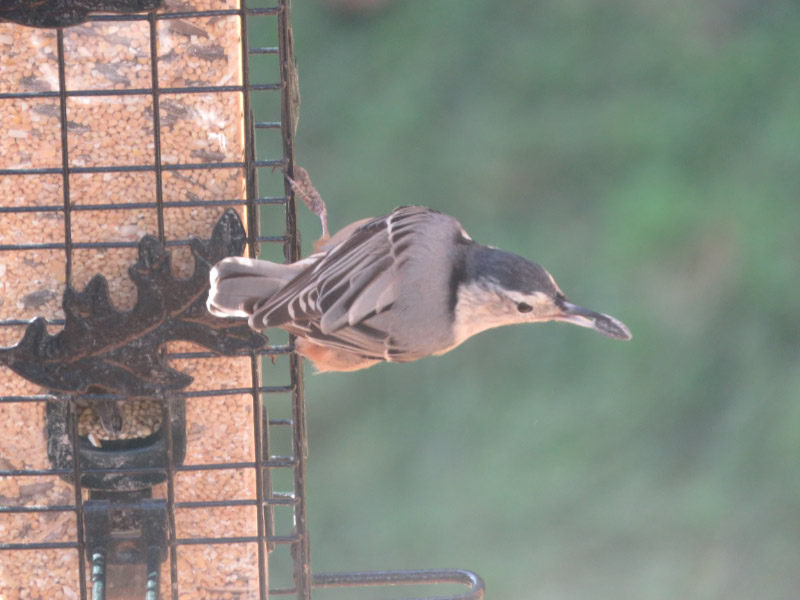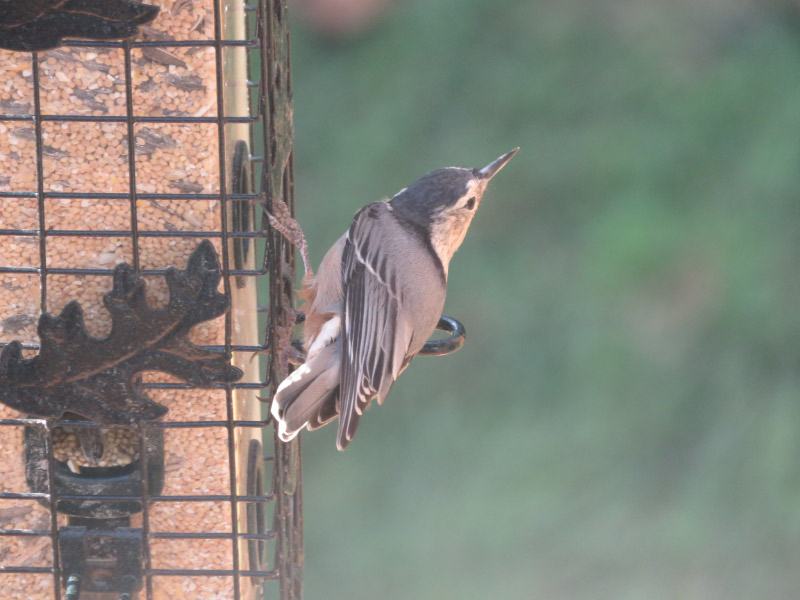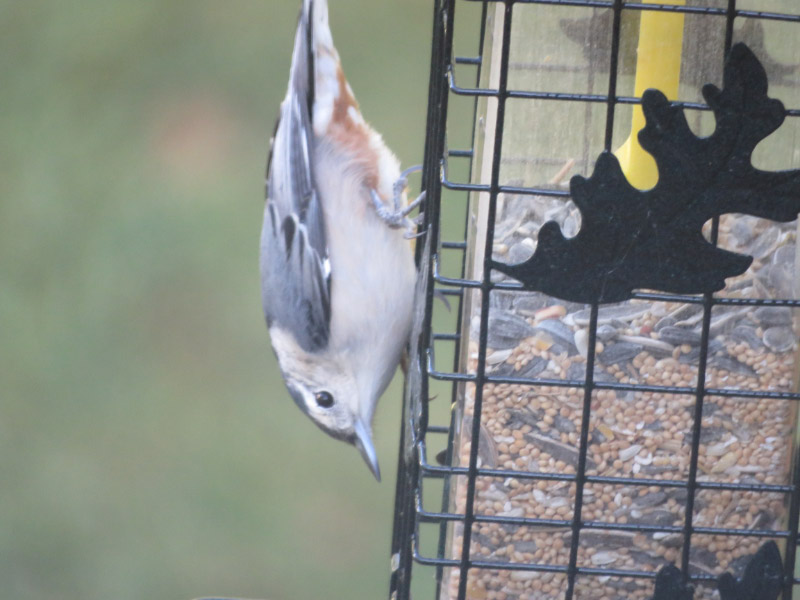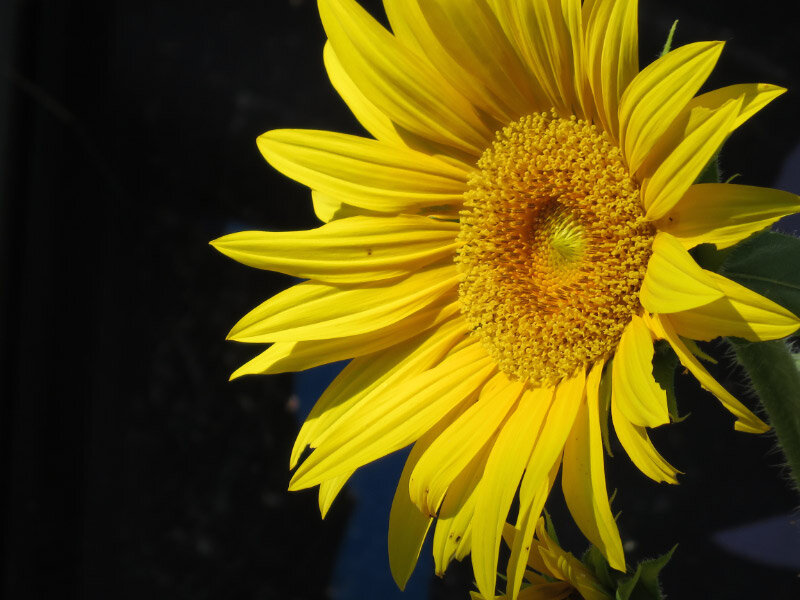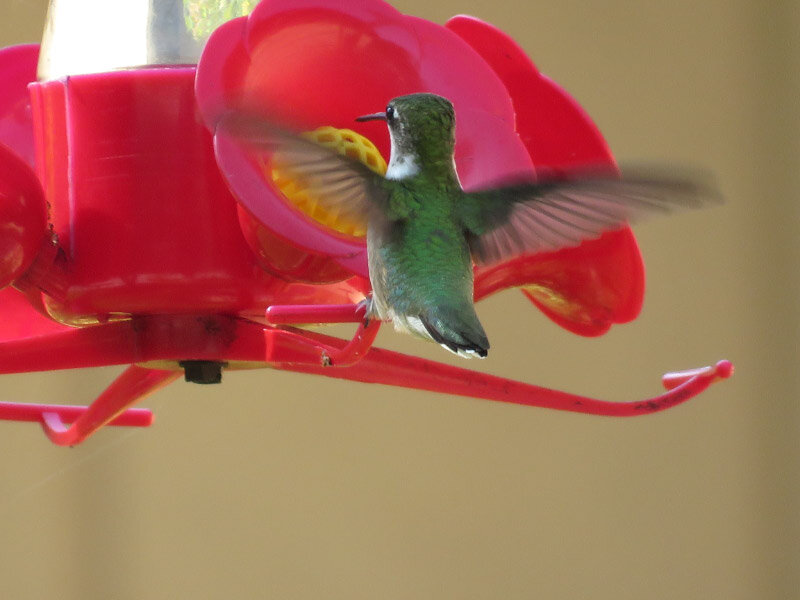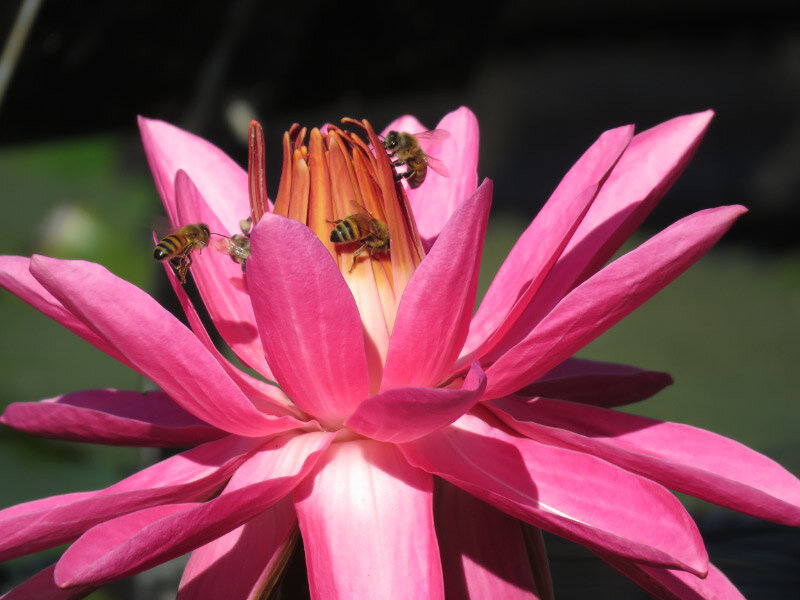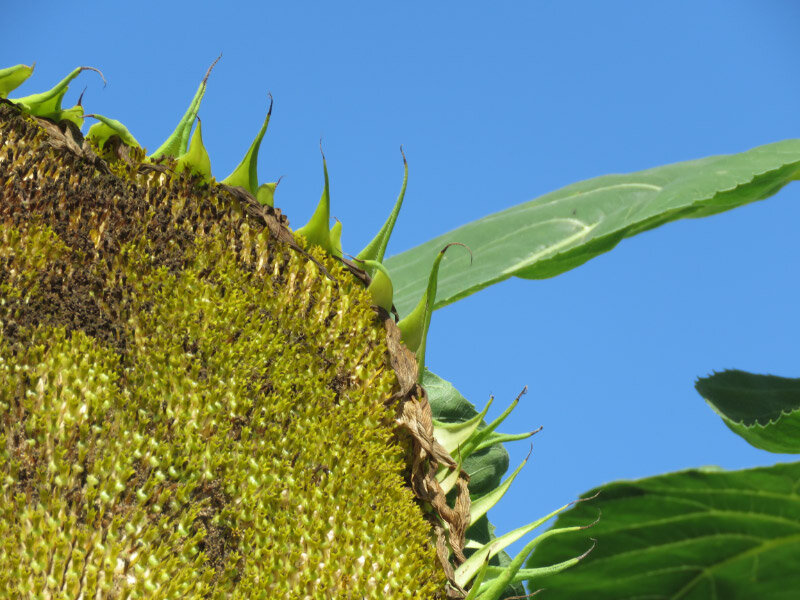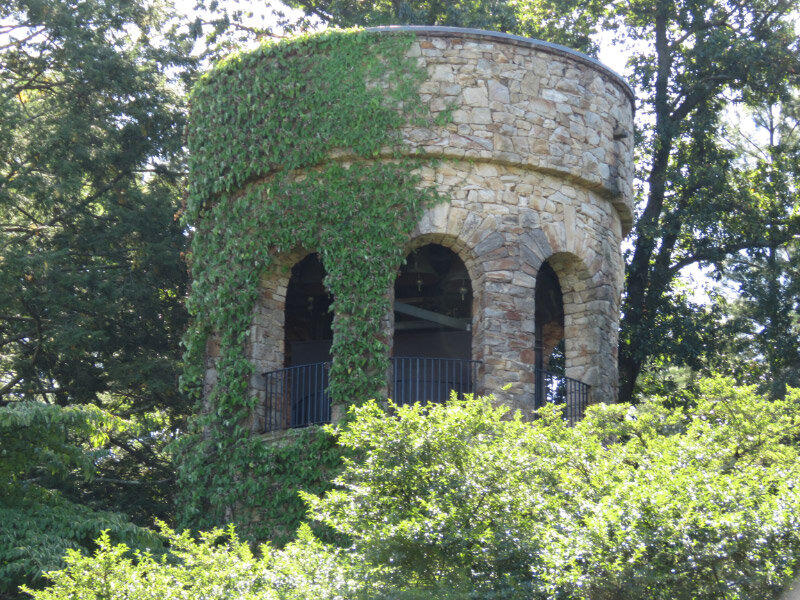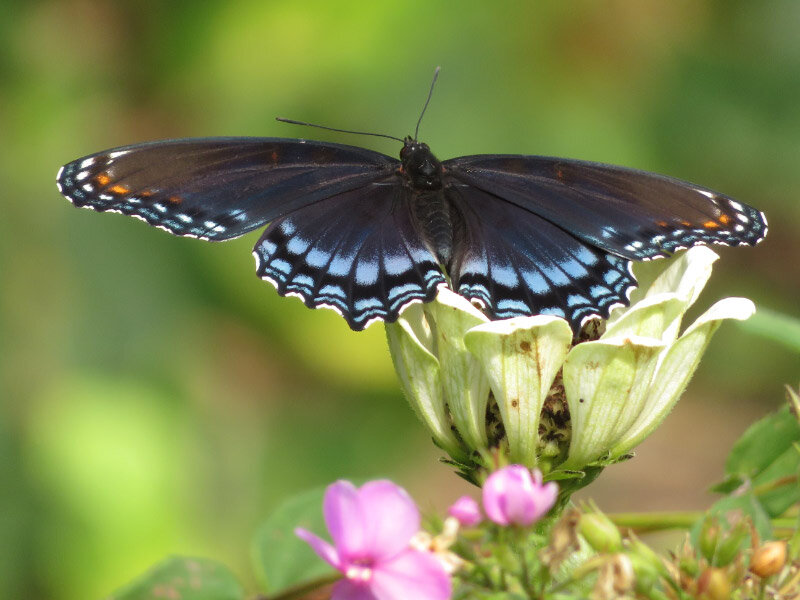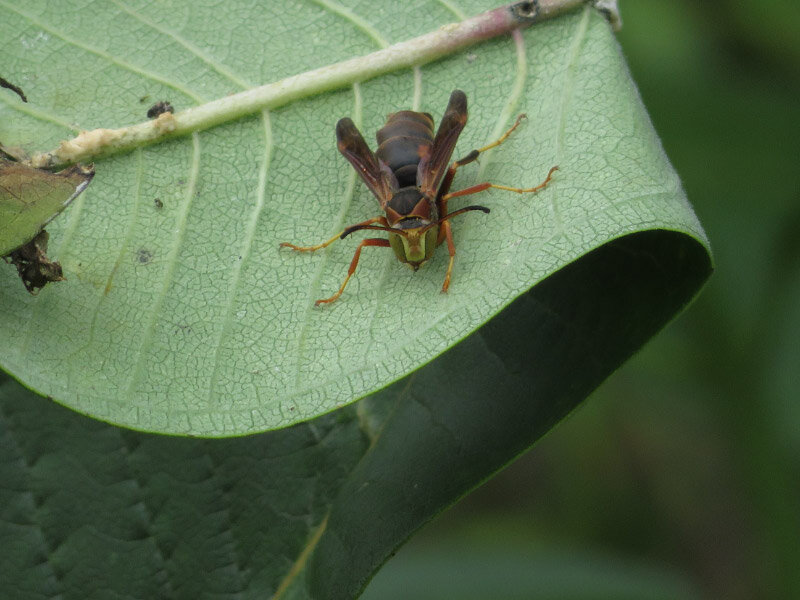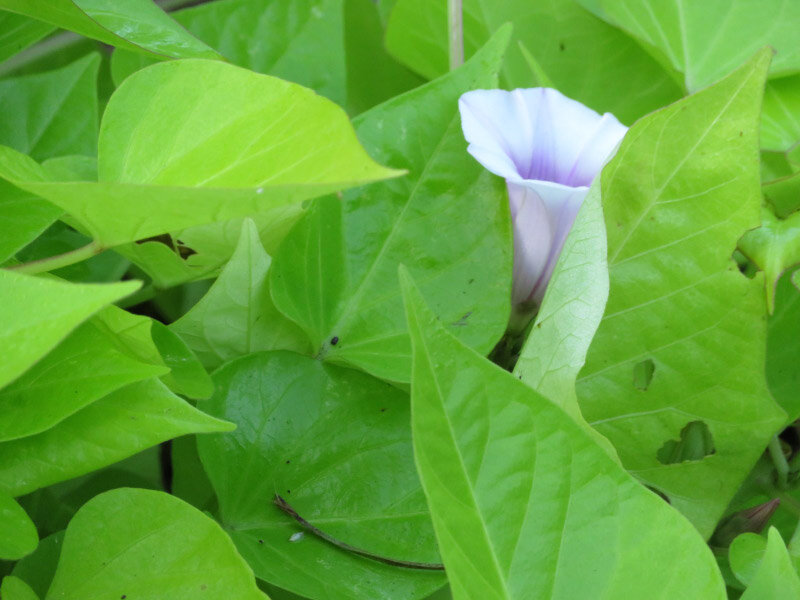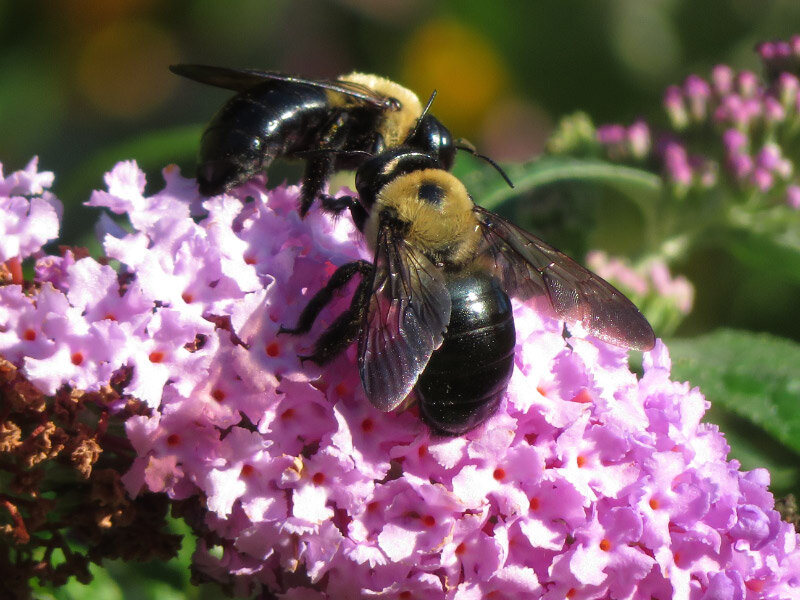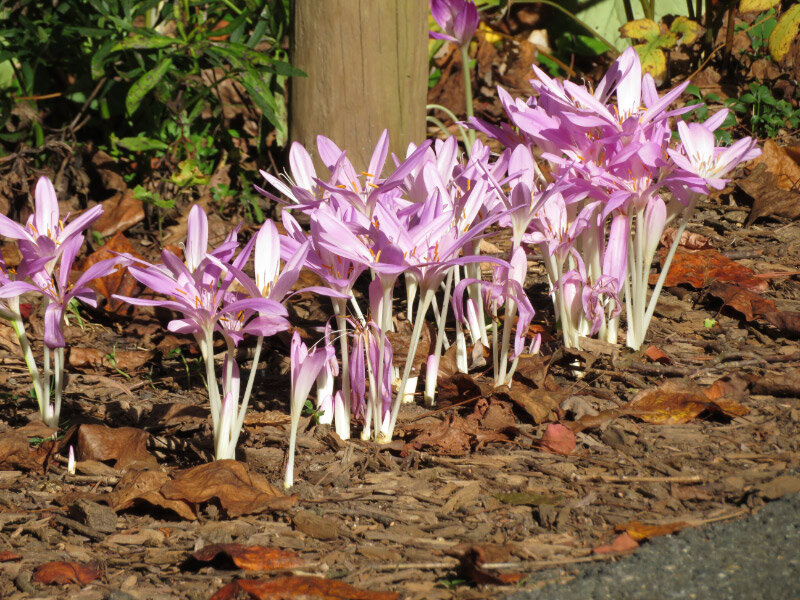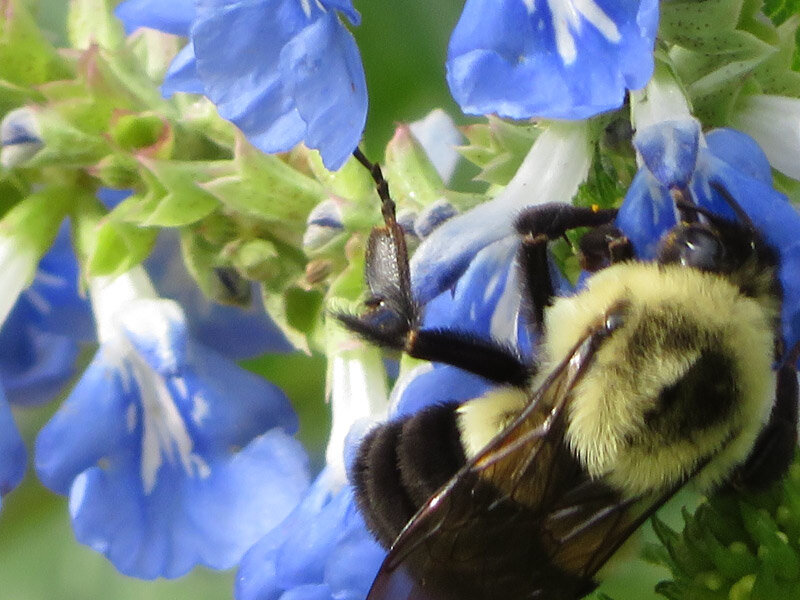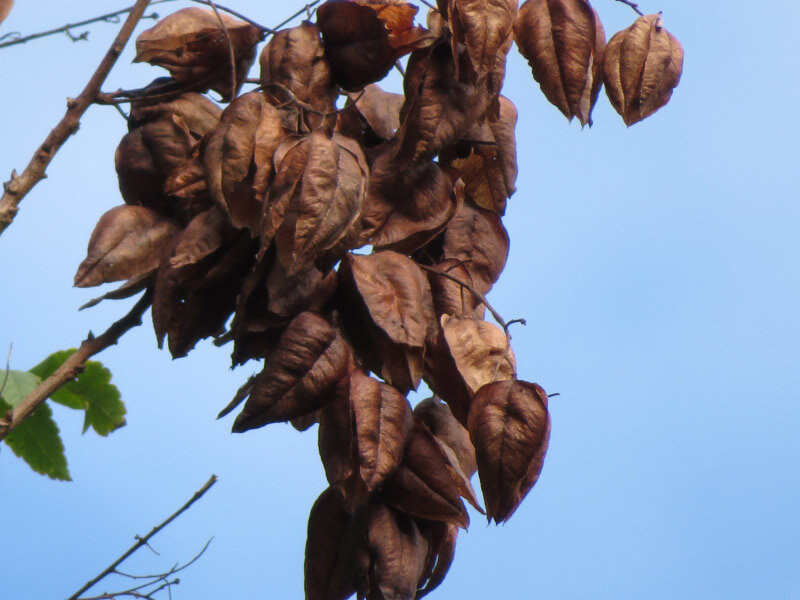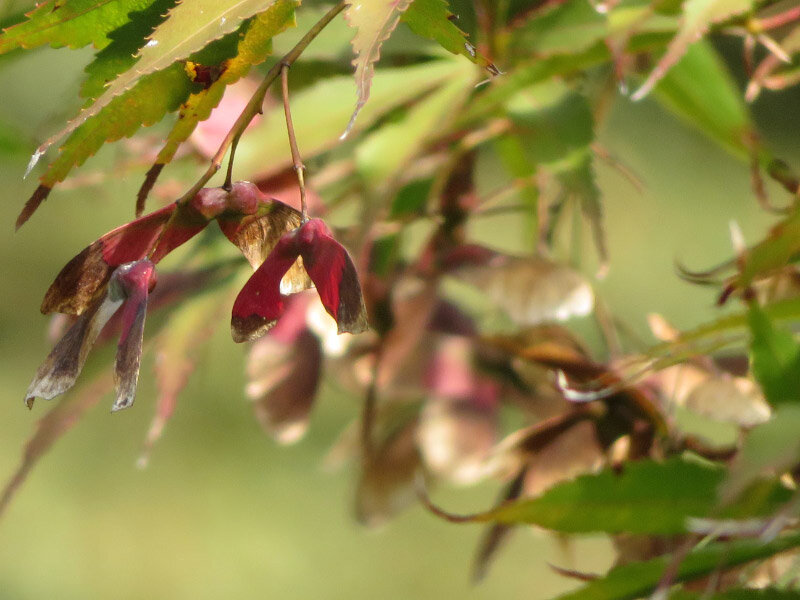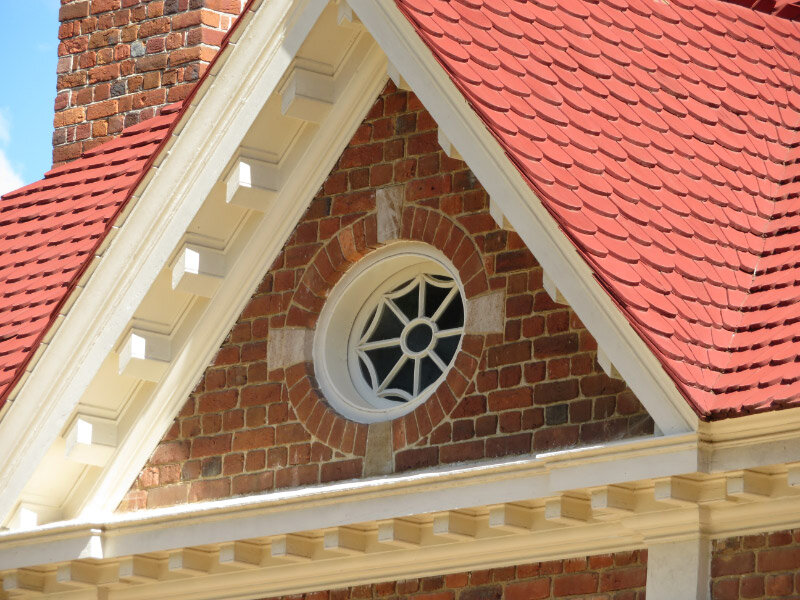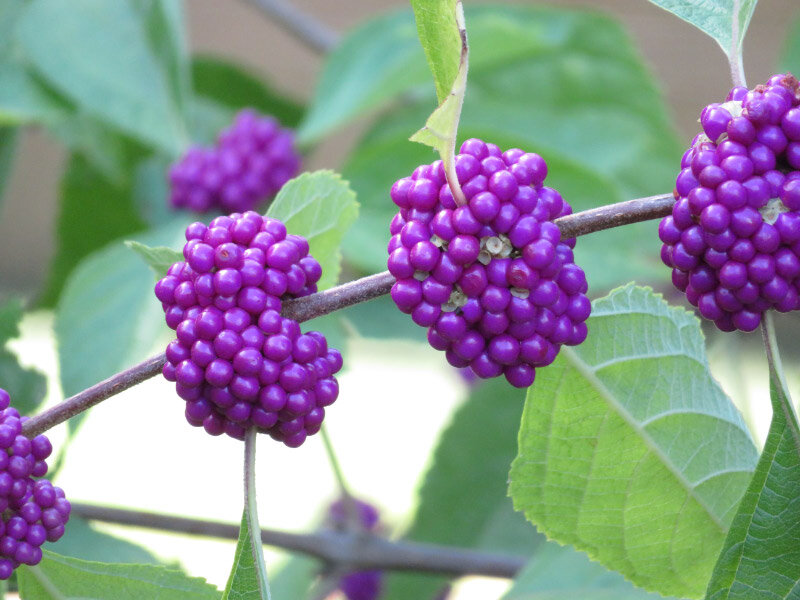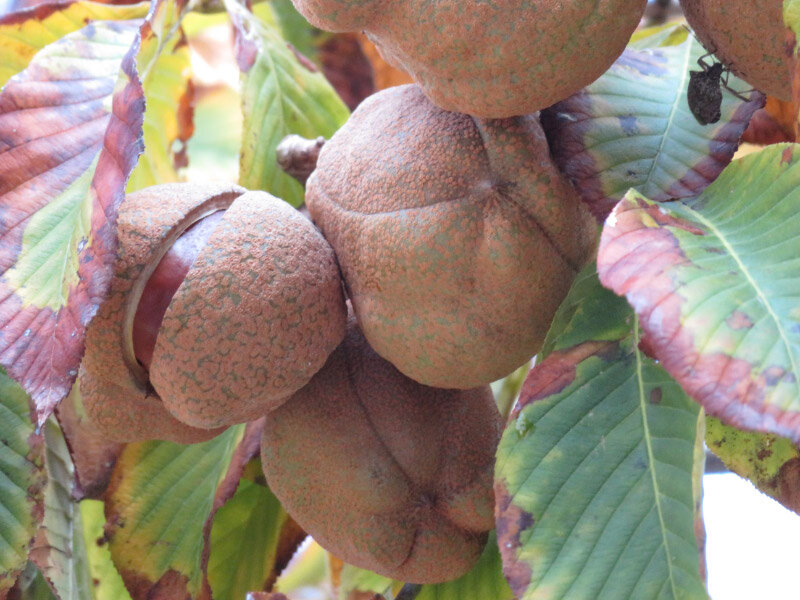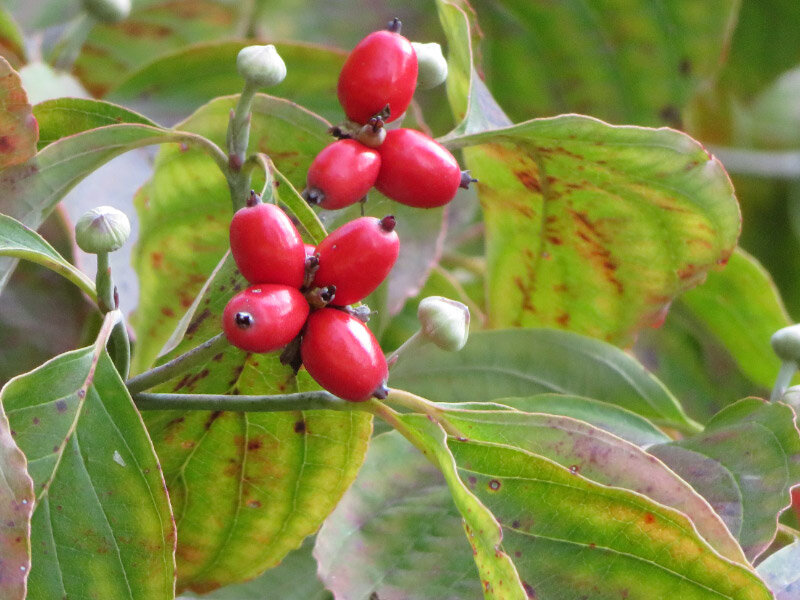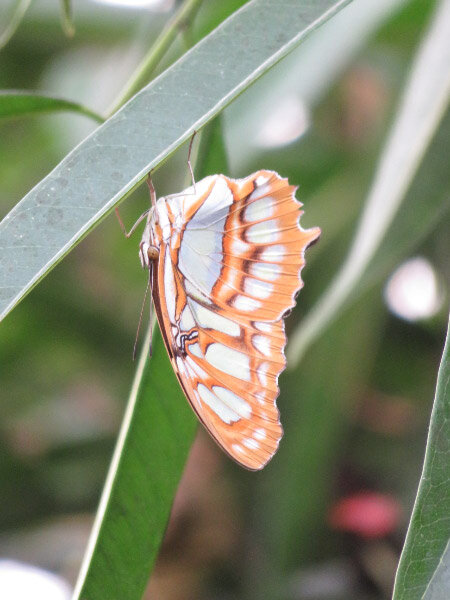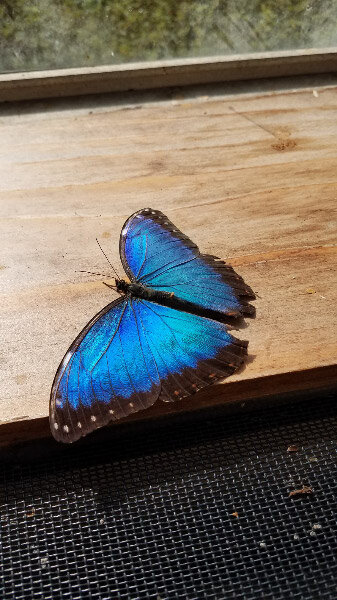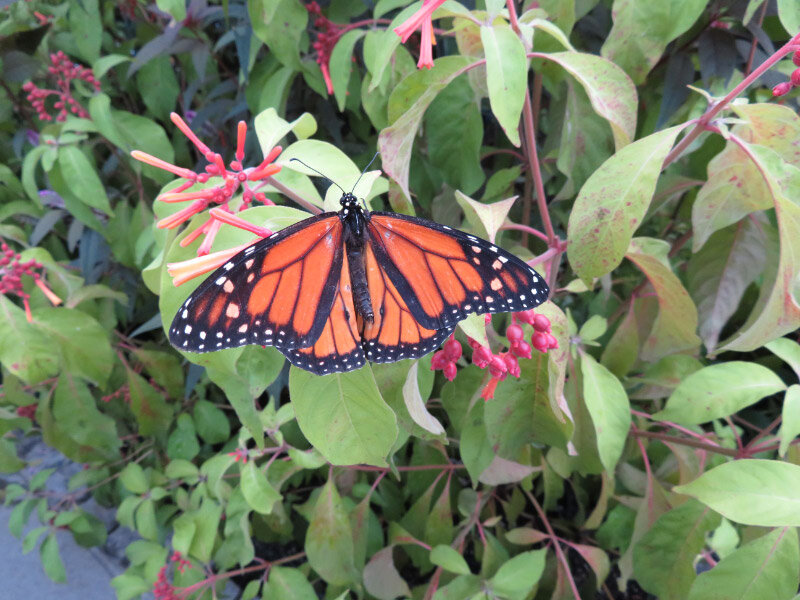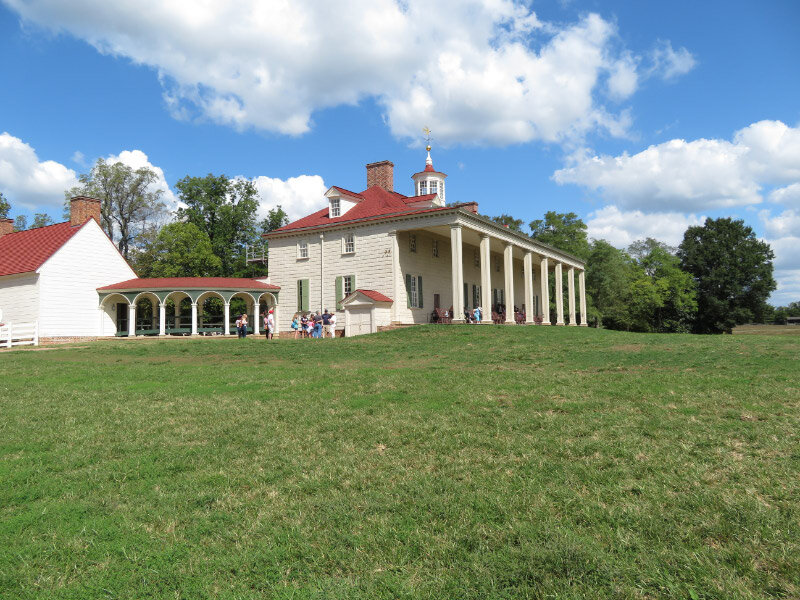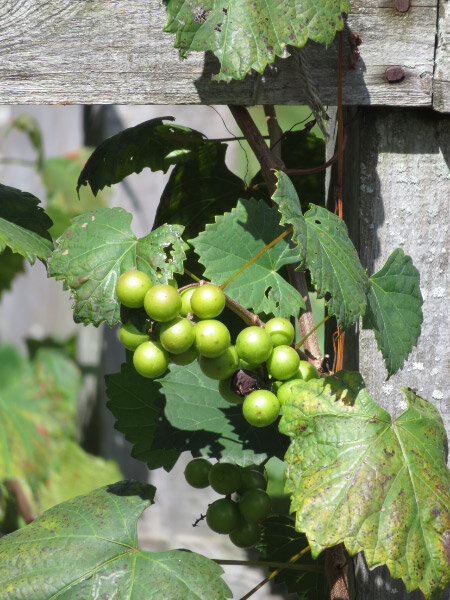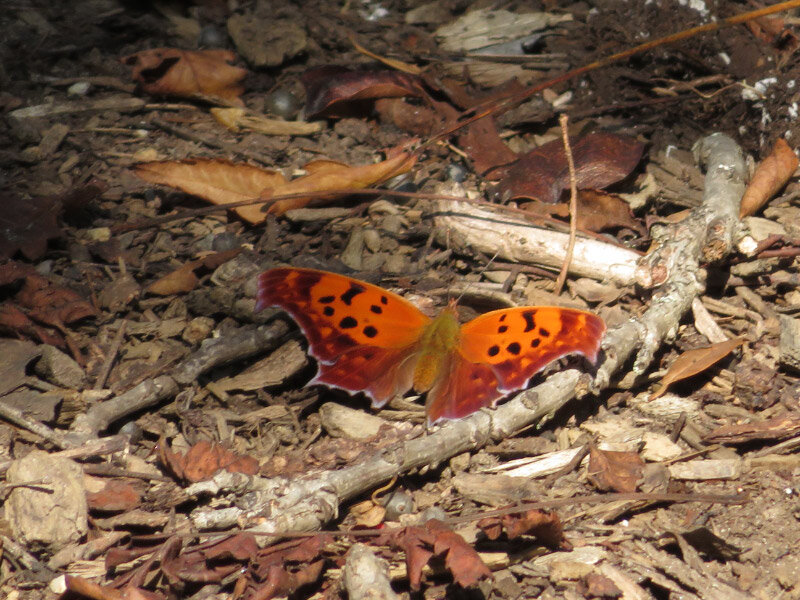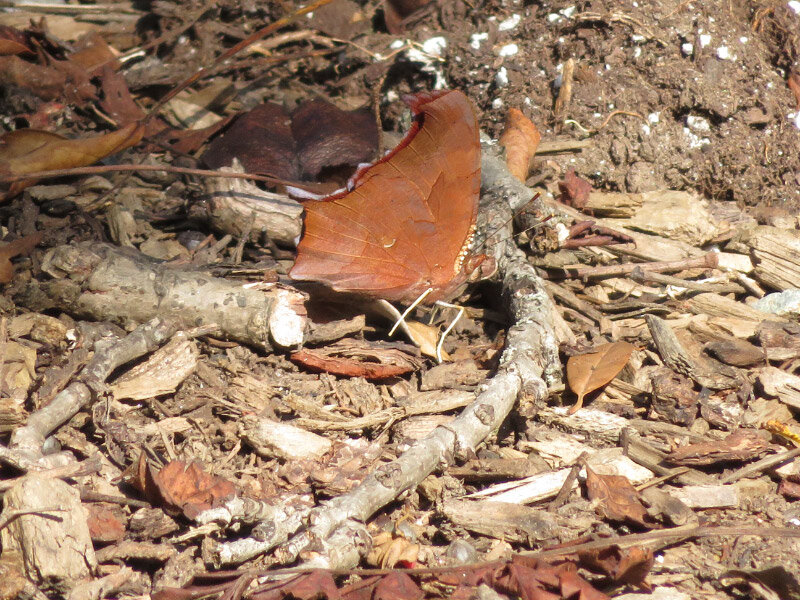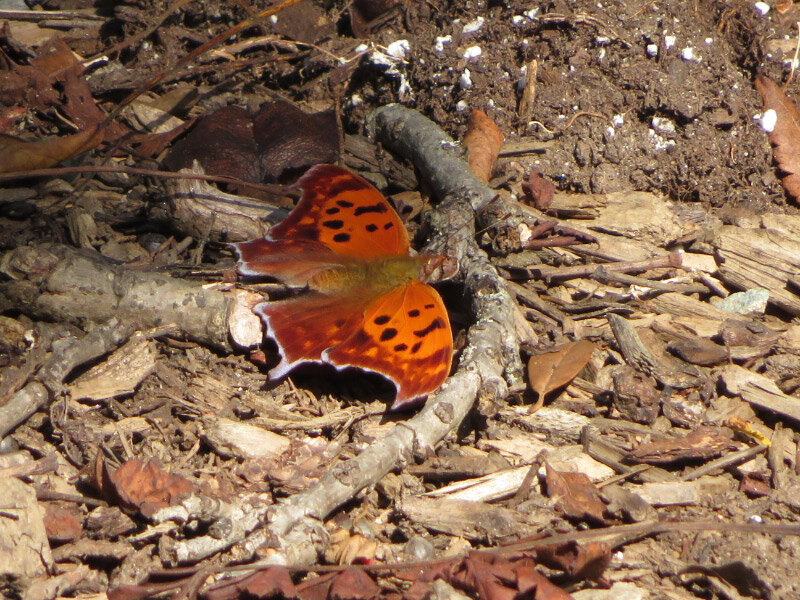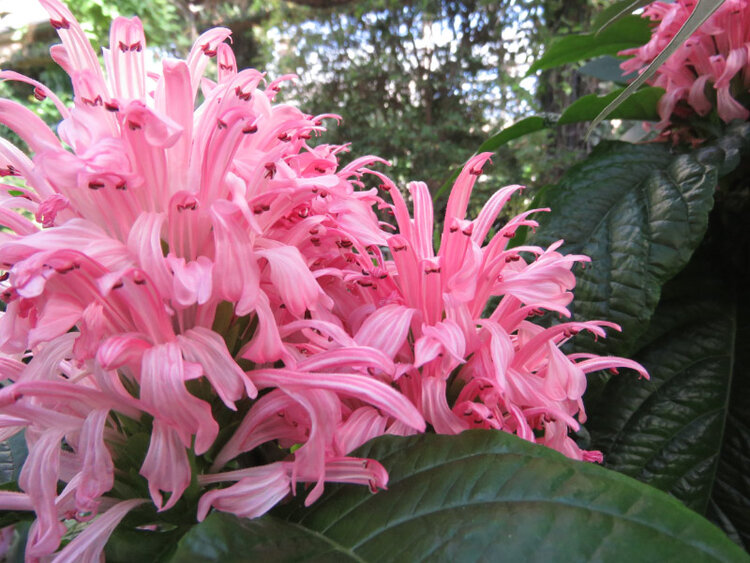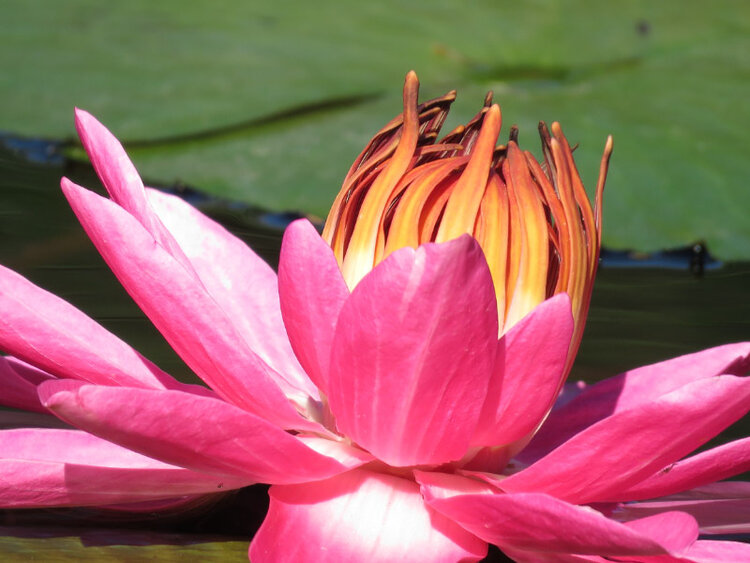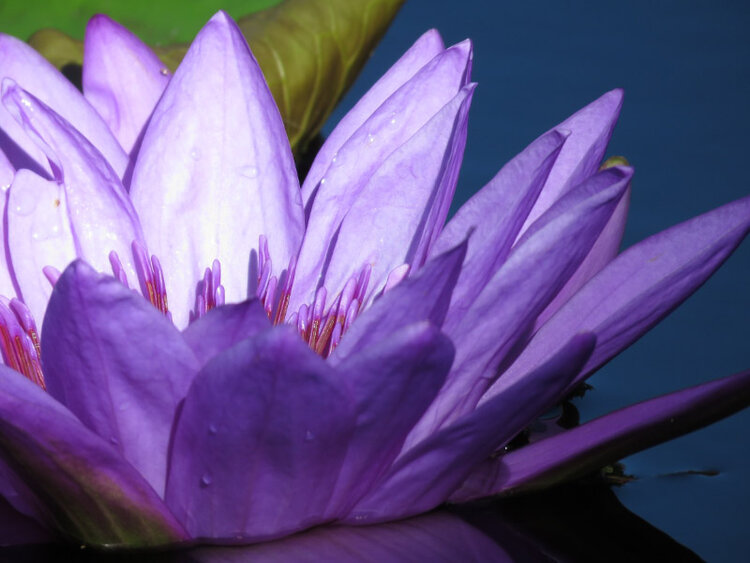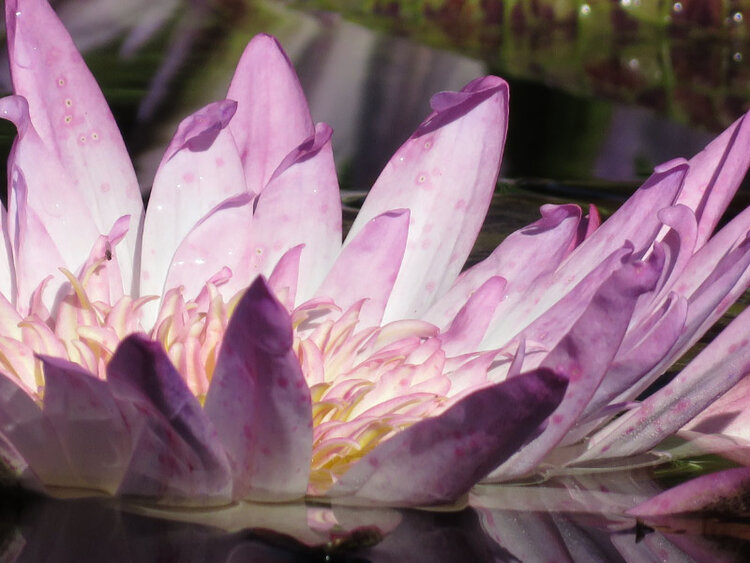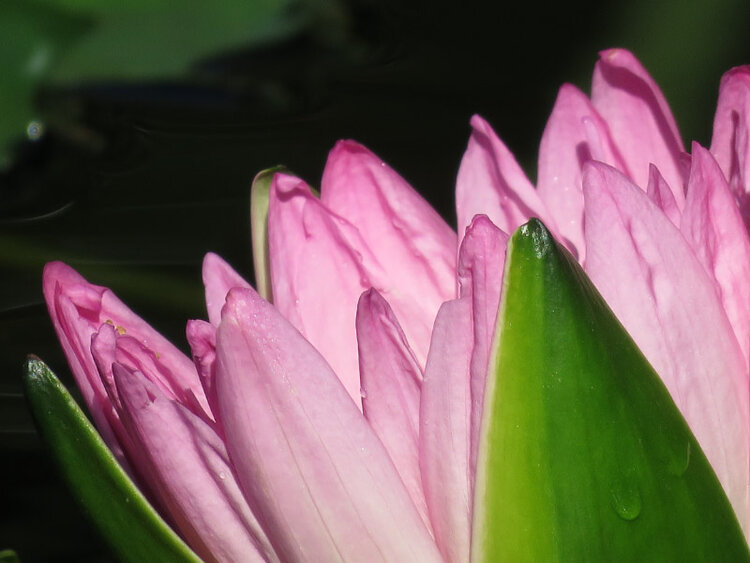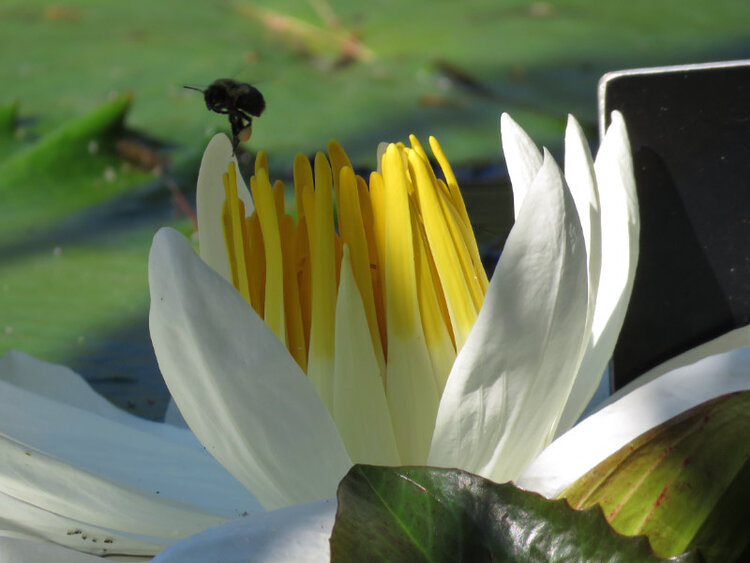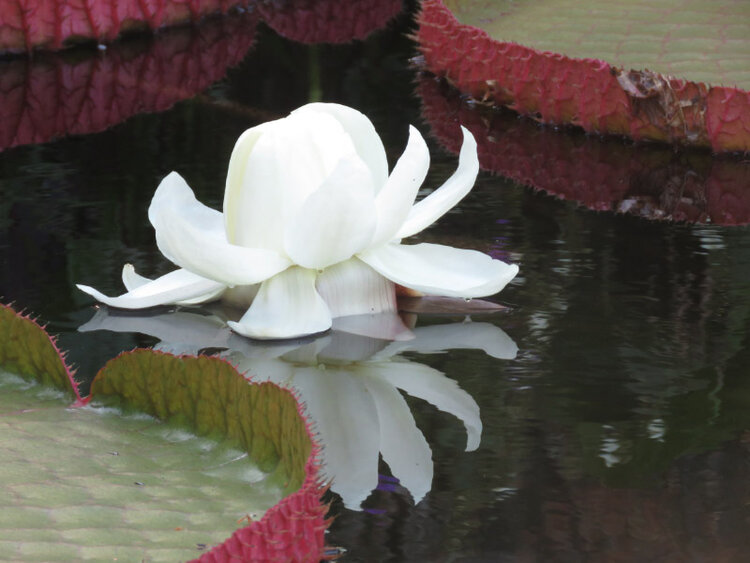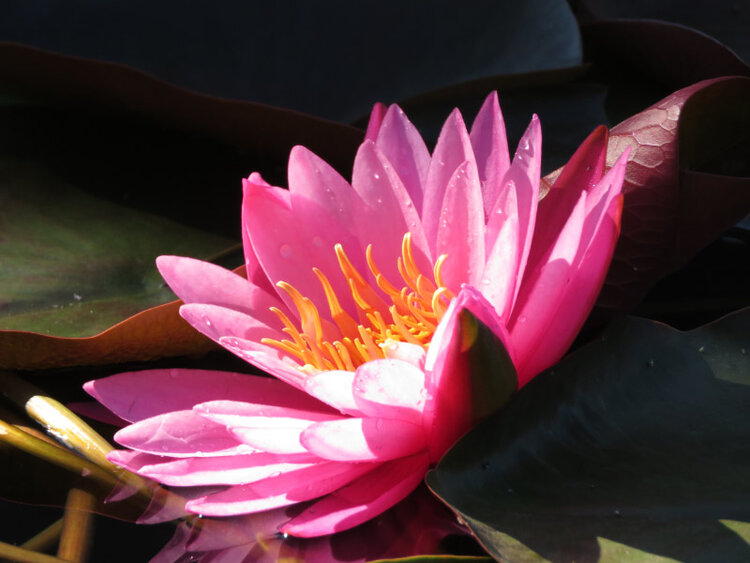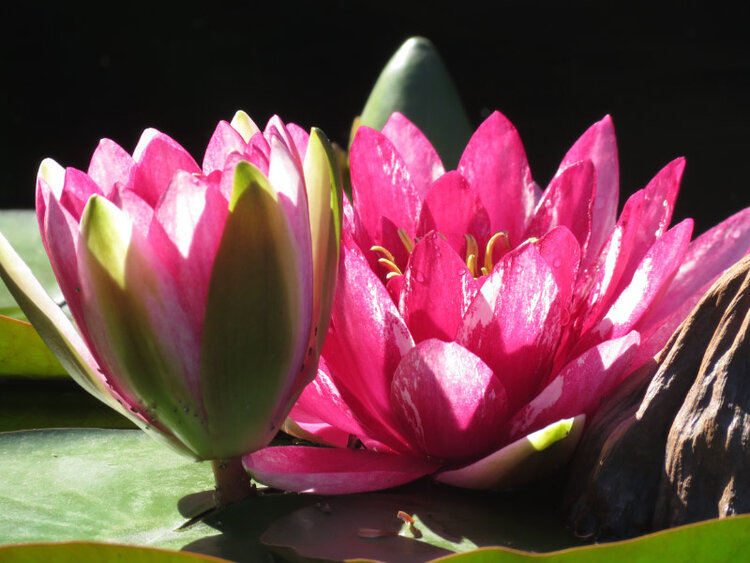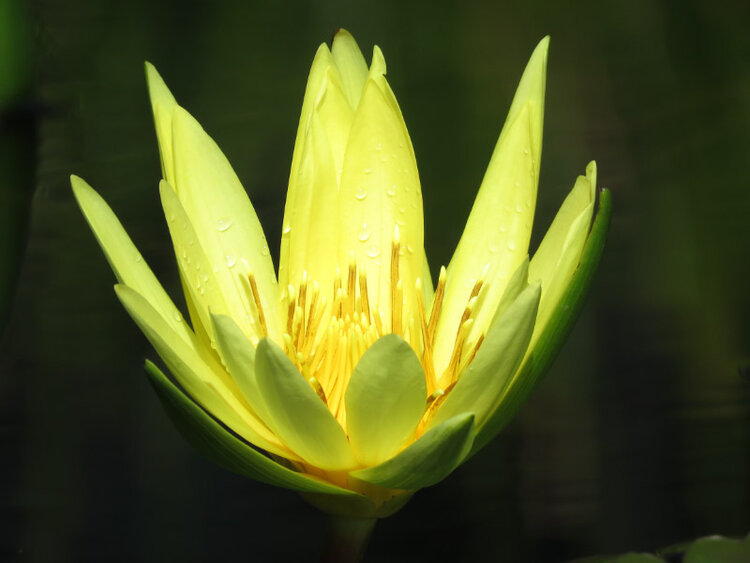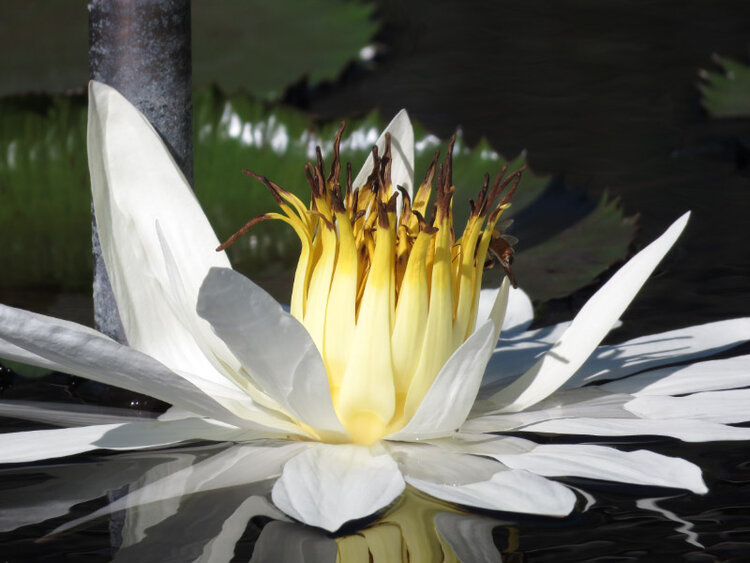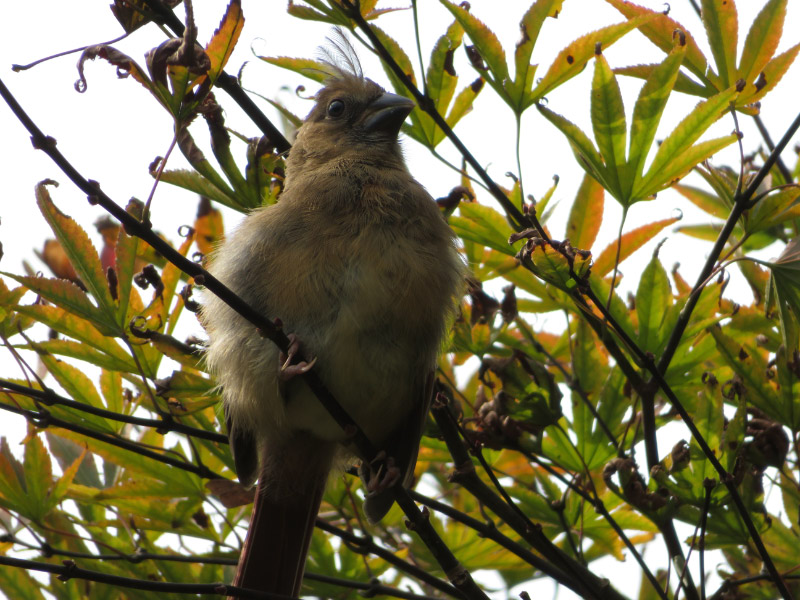The items below were ‘the cream’ of the articles and websites I found this past week. Click on the light green text to look at the article.
These Caterpillars Can Detect Color Using Their Skin, Not Their Eyes | Smart News | Smithsonian – A little surprise…but insects probably have a lot of adaptations developed over eons that are challenging to imagine.
Five weird and wonderful ways nature is being harnessed to build a sustainable fashion industry – New dyes from enzymes, ‘leather’ from mushrooms, lacy fabric made from plant roots that grew that way (watch the video), cellulose for fabrics derived from manure!
Aesthetics of skin cancer therapy may vary by treatment type -- ScienceDaily – Hopefully these findings will guide doctors to use the more aesthetic treatments…since they all have about the same recurrence rates a year after treatment.
On the Alabama Coast, the Unluckiest Island in America - Yale E360 – Dauphin Island…when does everyone decide that these places can’t be saved…should not be rebuilt. It’s not something we are dealing with very well as individuals or as a nation.
Deer browsing is not stopping the densification of Eastern US forests -- ScienceDaily – Deer hurt the understory but the canopy is more impacted by the greater density of the big forest trees (because of fire suppression) and that red maples are growing in areas where young oaks, hickories, or pines would have grown previously. But wouldn’t the deer browse young trees? In our area – the forests have also changed quite a lot in the last 20 years with the decline of the hemlocks and now the ashes. This study – done in Pennsylvania – did not comment about those issues.
Top 25 Wild Bird Photographs of the Week: September – These photographs are always worth a look….birds are so beautiful.
North America has lost 3 billion birds – And fresh from looking at the wonder pictures of birds….this sobering news: North America has lost 25% of its bird population and it’s all happened in the last 50 years. More than 90% of the loss is in just a dozen bird families that includes the sparrows, warblers, blackbirds, and finches. Grassland birds have suffered a 53% loss. Potential causes: habitat degradation, urbanization, and the use of toxic pesticides.
Staying at elementary school for longer associated with higher student attainment – My daughter didn’t seem to have a problem transferring from elementary to middle school after 5th grade…but the middle school was next door to the elementary school, and she was doing well in school. The results of this research will have to overcome the school building infrastructure in many areas. Change happens slowly with school systems. So far I haven’t seen a change in start times for high schools even though there are studies that say that early starts are not good for high school students (in our area, they have always started before the elementary and middle schools).
Spotted in Kenya: a baby zebra with polka dots – I hope there is a follow up story on this baby. Will the pattern make it more susceptible to fly bites? Another note from the article: Zebras are accepting of difference…animals with atypical coat patterns fit right into the herd.
Drought Reveals Lost “Spanish Stonehenge” – The Dolmen at Guadalperal has resurfaced from the Valdecanas Reservoir in western Spain due to lower lake levels from dry, hot conditions this year. It has been submerged for 50 years. Hopefully someone will make a good 3D tour of the place.


